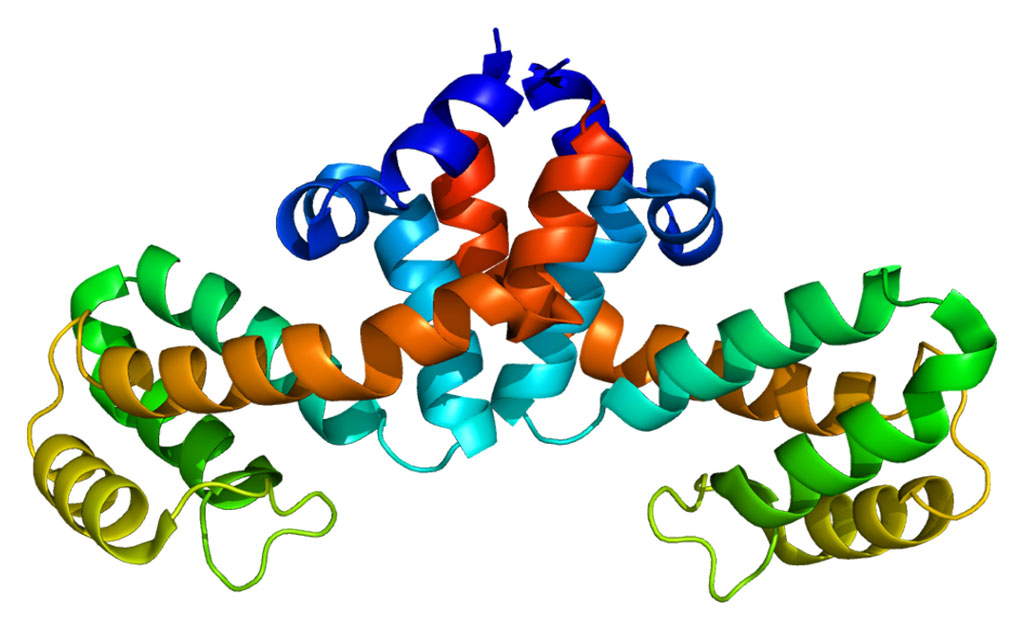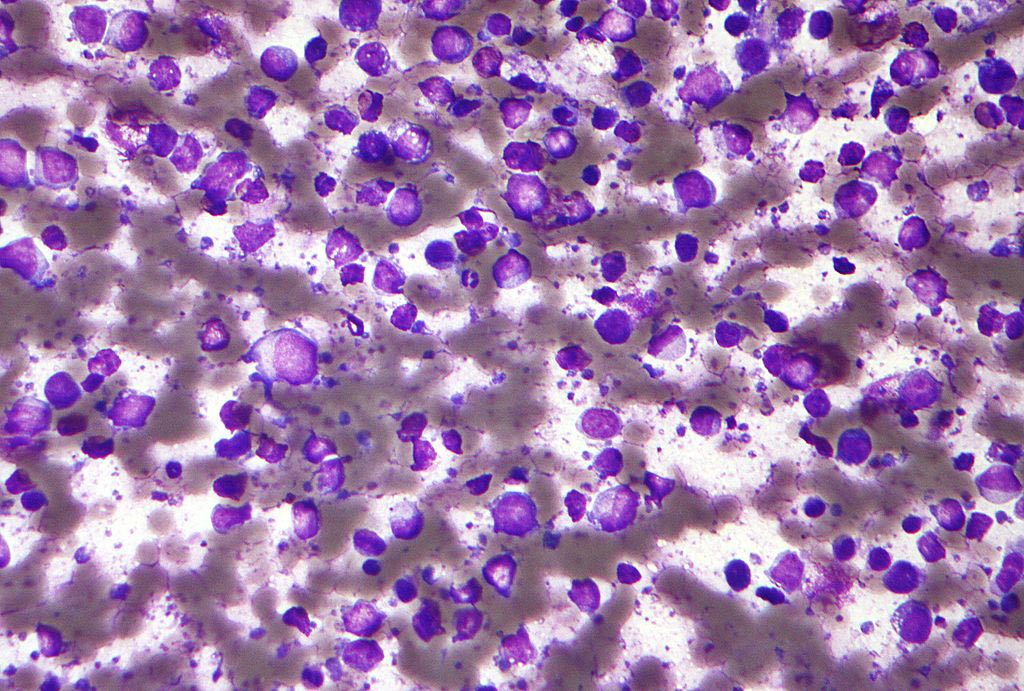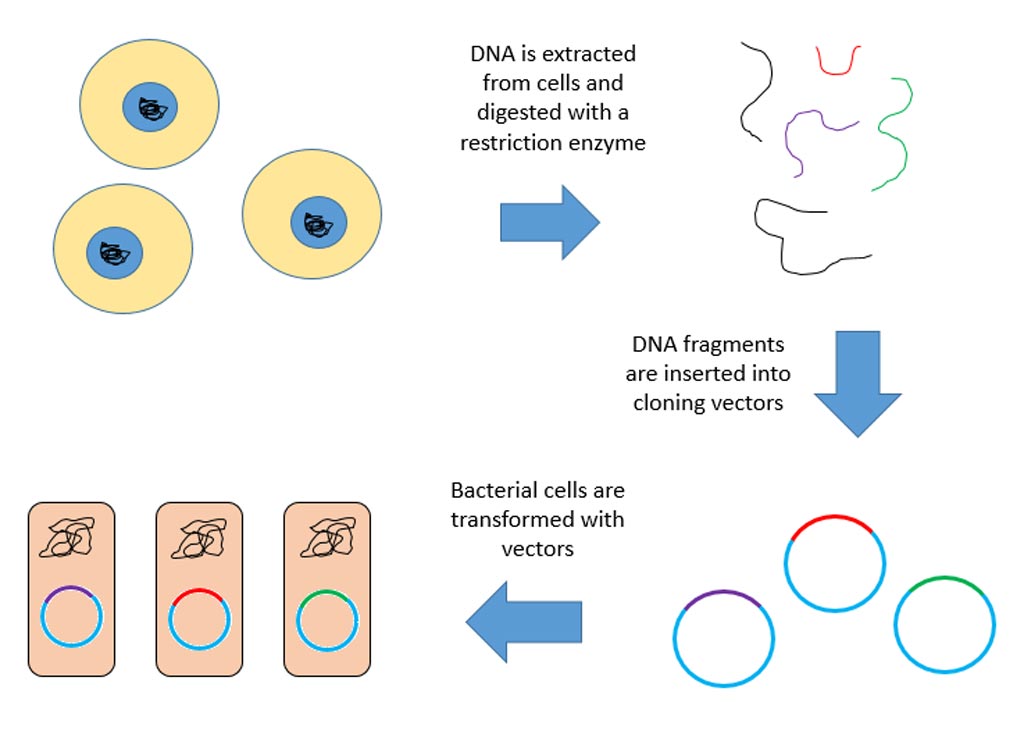Delayed Early Genes Prevent Runaway Cell Division
By Biotechdaily staff writers
Posted on 05 Mar 2007
Cancer researchers have identified a cluster of genes in normal cells that prevent the type of runaway cell division that characterizes cancer cells.Posted on 05 Mar 2007
When normal cells respond to the correct outside stimulus, such as binding of epidermal growth factor, to divide, a group of genes termed "immediate early genes” begin to function. Immediate early genes (IEGs) are activated transiently and rapidly in response to a wide variety of cellular stimuli. They represent a standing response mechanism that is activated at the transcription level in the first round of response to stimuli, before any new proteins are synthesized. Thus, IEGs are distinct from "late response” genes, which can only be activated later following the synthesis of early response gene products.
In the current study, investigators at the Weizmann Institute of Science (Rehovot, Israel) identified a distinct subset of IEGs that they call "delayed” early genes. The task of these genes is to suppress IEG activity so that cell division stops and does not spin out of control.
Their study, published in the February 25, 2007, online edition of Nature Genetics, revealed that after being triggered by the proper stimulus, a first wave of IEGs initiated cell division and was active for from 20 to 40 minutes. After that, four more waves of genetic activity, ranging from 40 to 240 minutes after the signal, were comprised primarily of gene activity tied to the process of halting cell division. Overall, the investigators identified 50 genes that interfered with the activities of the first wave of genes. This inhibitory system functioned by producing proteins that directly attached to the cell-division genes, hindering their activity.
As might be anticipated, analysis of the activity of the delayed early genes in cancerous tissues showed that they did not function or functioned only poorly. This misbehavior was directly linked to the aggressiveness of the cancer and the likelihood of the patient to recover.
Related Links:
Weizmann Institute of Science














